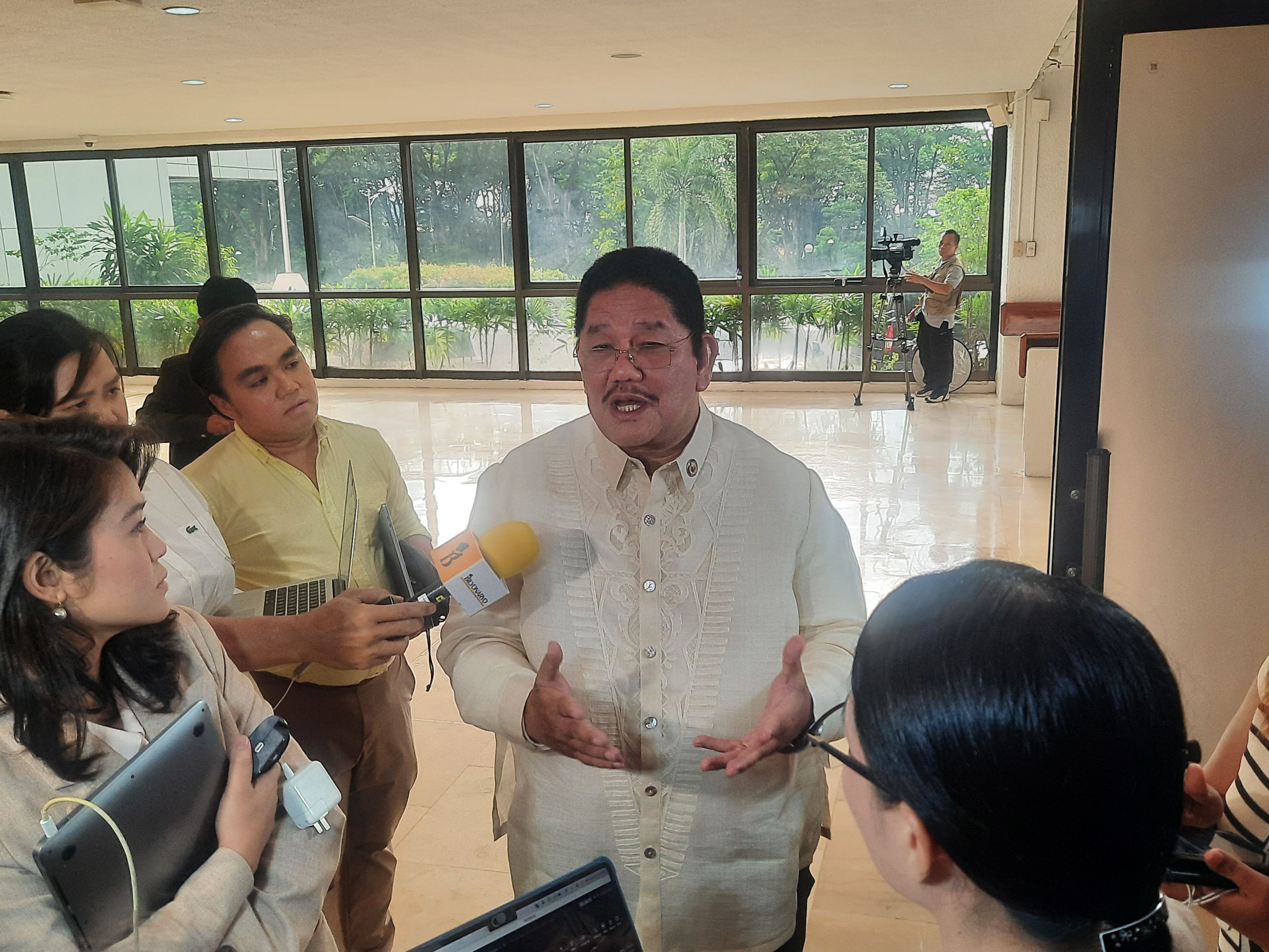Philippine semiconductor, electronics industries set to take off despite retaliatory tariffs; Libanan explains why
At A Glance
- House Minority Leader 4Ps Party-list Rep. Marcelino "Nonoy" Libanan believes that the Philippines is on the cusp of being a major player in the world semiconductor and electronics industry--even with the retaliatory tariffs set by the United States (US) on the country.
 4Ps Party-list Rep. Marcelino "Nonoy" Libanan (Ellson Quismorio/ MANILA BULLETIN)
4Ps Party-list Rep. Marcelino "Nonoy" Libanan (Ellson Quismorio/ MANILA BULLETIN)
House Minority Leader 4Ps Party-list Rep. Marcelino "Nonoy" Libanan believes that the Philippines is on the cusp of being a major player in the world semiconductor and electronics industry--even with the retaliatory tariffs set by the United States (US) on the country.
Libanan, citing Philippine Statistics Authority (PSA) figures, says Philippines is already a regional leader in electronics manufacturing. The nation exported $39 billion worth of semiconductor and electronic products in 2024.
Libanan reckoned that the country’s well-established electronics and semiconductor sectors are primed to expand.
He cited the following major firms with existing operations in the Philippines: Texas Instruments Philippines Inc.; Samsung Electro-Mechanics Philippines Corp.; Amkor Technology Philippines Inc.; ROHM Electronics Philippines Inc.; Nexperia Philippines Inc.; Kinpo Electronics Philippines Inc.; Integrated Micro-Electronics Inc.; SFA Semicon Philippines Corp.; Ibiden Philippines Inc.; and First Sumiden Circuits Inc.
“These companies already have the infrastructure and workforce to quickly scale up. We should support their growth and attract more players during this pivotal period," said the ranking congressman.
According to Libanan, the Philippines is in a way better place compared to much of the world following the Trump administration's imposition of reciprocal tariffs on imports last April 2.
While tariffs were initially set at high rates for many countries, the Philippines was assigned a comparatively moderate 17 percent rate. “This places the Philippines in a uniquely advantageous position,” Libanan said.
“We’re looking at a rare opportunity to position ourselves as a low-cost, reliable export hub for the US market—especially in semiconductors and electronics.”
Trump has since deferred the full implementation of the new tariff rates for 90 days, applying a temporary across-the-board 10 percent tariff on most trade partners to allow for negotiation.
As such, Libanan urged Philippine trade officials to proactively engage their US counterparts during the 90-day negotiation period, with the aim of securing better tariff terms and expanding export opportunities.
“This window allows the Philippines to push for even lower rates than the initial 17 percent. Our government should maximize this opening through strategic diplomacy,” said the party-list solon.
The Philippines' initial 17 percent rate is far lower than those slapped on key East Asian economies Taiwan, at 32 percent; South Korea, 25 percent; Japan, 24 percent; and China, 54 percent, rising to 125 percent by April 9.
Among ASEAN members, only Singapore fares better with a 10 percent rate. The others are Vietnam, 46 percent, Cambodia, 49 percent; Thailand, 36 percent; Malaysia, 24 percent; Indonesia, 32 percent; Brunei, 24 percent; Myanmar, 44 percent; and Laos, 48 percent.
“These numbers show why multinational manufacturers may seriously consider relocating operations to the Philippines. We are a compelling alternative amid this global recalibration," Libanan said.